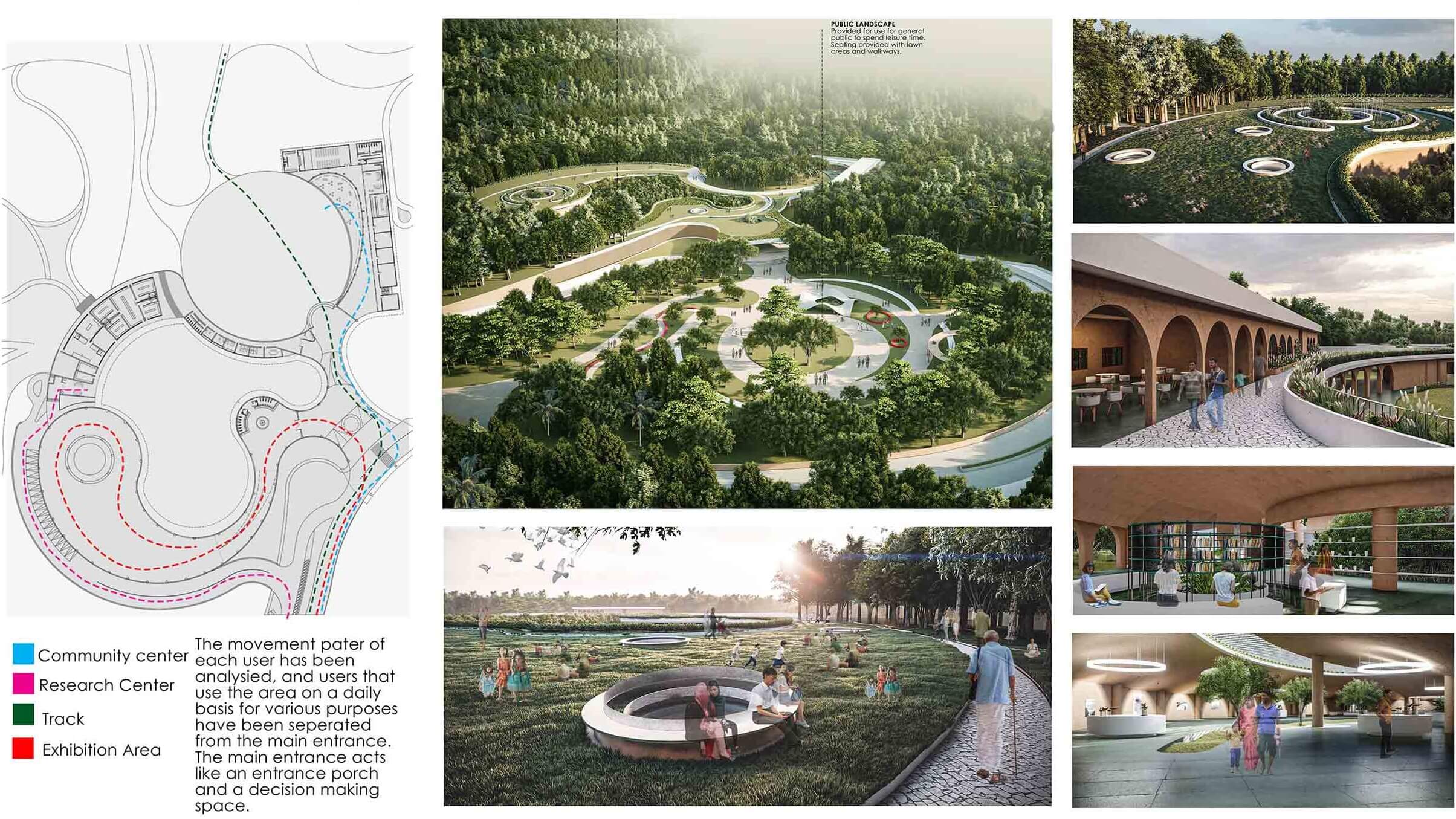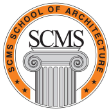top architecture design thesis 2020


SCMS SCHOOL OF ARCHITECTURE
KERALA, INDIA

Design thesis authored by
AFRIN MUSTHAFA
share
THESIS SPECIFICATIONS
Thesis Title: Urban Forest Conservation Through Integration of Sustainable Strategies
Location: Kalamssery, India
Project type: Natural Conservation
Year of completion : 2020
The Proposal
My project is an attempt at creating a cohesive coexisting public landscape within the city of Kochi. As the city is undergoing rapid urbanization, it has to meet the demands of the growing population as well. Consequently, the built cover within the corporation has increased. It is almost 66%, as opposed to the staggering 0.7% of open land that is available for public us. In addition to this, the situation is worsened due to poor planning including change in topography, encroachment of wet land, spreading the built density, and the like. This resulted in a rising variation in sea levels, frequent flooding in the recent years, high temperature, low humidity, and the like.
The planning commission has predicted an increase of nearly 40% population in Kalamssery and Thrikkakara panchayats. Kalamassery is one among the most strategically formed satellite town in terms of connectivity. It is well connected to the major transportation hubs, It hub as well as the industrial hub of Kochi. Within this satellite town, lies a 150-acre forest cover, now termed as the the last remaining ‘Urban Forest’ in the state. As per the 2020 WRI report, this is the only termed urban forest in the country. Due to high urbanization, it is possible to lose this gem of a land to deforestation. Hence my project aims at studying the advantages of the site and develop a solution that is socially sustainable without losing importance on the environment. The overall scheme involves an intensification of vegetation via miyawaki technique which can be used in various urban projects and areas for afforestation. Landscapes for public usage. Trails for birdwatching, research and medical area for continuous study on the species spotted within the city and to provide a rehab for injured birds and exhibition and allied spaces for promotion of various nature related activities within the area. The design also promotes the current function of the site that is ground water restoration through integration of swale for storm water management and reed bed system for waste water treatment, and rainwater catchment and Release of water into wetlands for ground water recharge. The entire building is conceived in mud, stabilized with deconstructed materials of the existing building. The paving is all permeable and allows water to penetrate into ground. Hence making the building sustainable as well as the whole scheme socially evolving and sustaining the existing functions of the site.
Sheets
the end
Copyright information: ©️ Student author 2021. Prior written authorization required for use.
Request permissions: If you wish to use any part of the documentation forming part of the undergraduate thesis submitted to DSGN arcHive, please seek prior permission from the concerned student author through the respective college/university.
Exclusion of liability: DSGN arcHive and its owner do not undertake any obligation to verify the ownership of any content submitted for publication/broadcast on this website and shall not be liable for any infringement of copyright by, or unauthorized use of, such content.
HOMEPAGE
Copyright © 2025 DSGN arcHive
